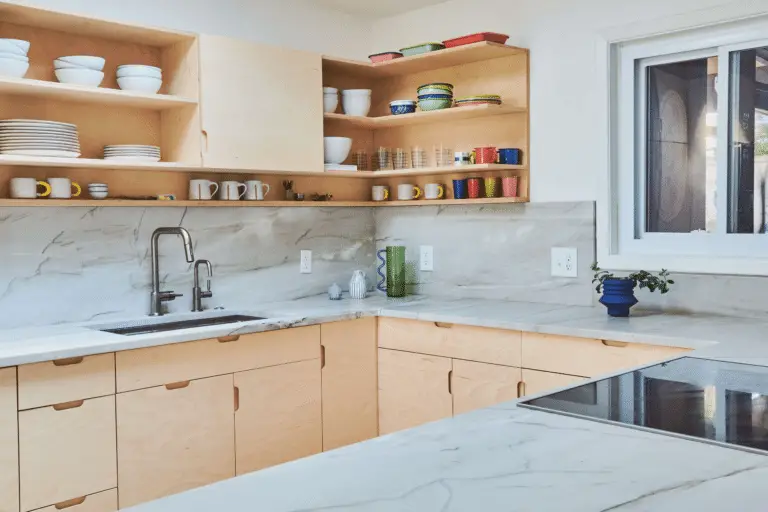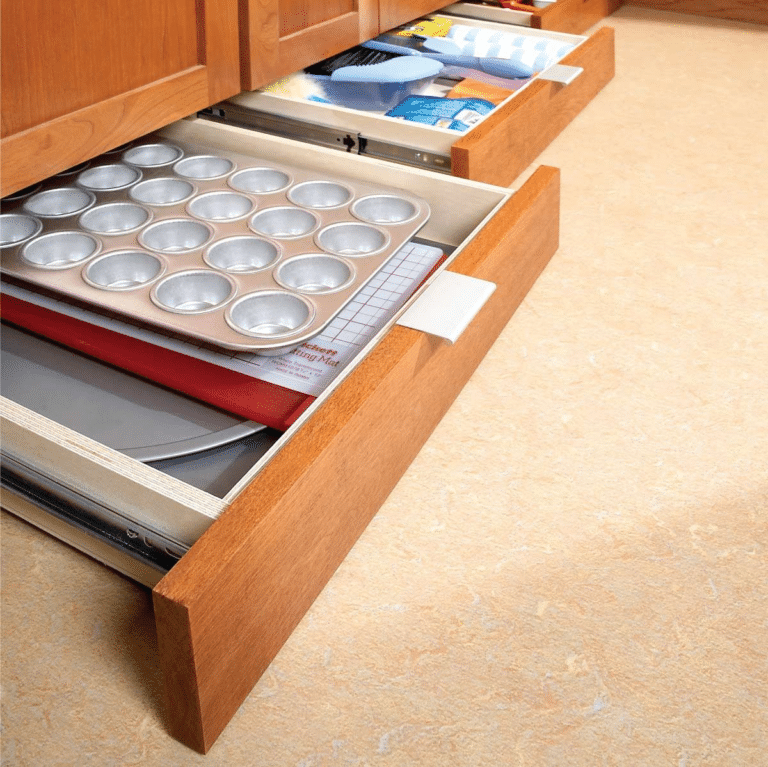Hey there, did you know that bamboo is the unsung hero of kitchenware and surfaces? Its sustainability and durability have made it a popular choice for eco-conscious individuals.
In my latest blog post, we’ll dive into the world of bamboo, from daily care tips to long-term maintenance strategies. Learn how to keep your bamboo products looking beautiful and lasting for years to come. Don’t miss out on the benefits of properly caring for bamboo!
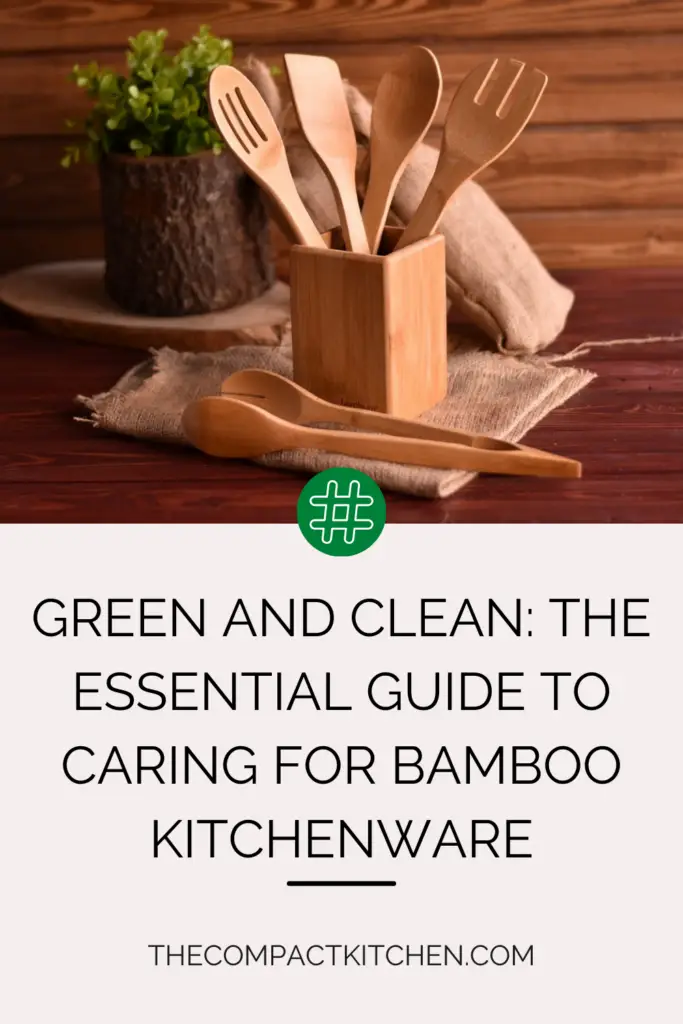
Understanding Bamboo Kitchenware and Surfaces
Bamboo has been gaining popularity as a material for kitchenware and surfaces due to its sustainability and durability. This eco-friendly material not only adds a touch of natural beauty to your kitchen but also provides a long-lasting and strong surface for various uses. Understanding the unique properties of bamboo can help you better care for your bamboo kitchenware and surfaces.

Bamboo is known for its sustainability as it is a fast-growing plant that can be harvested without causing harm to the environment. This makes it an attractive option for those looking to reduce their carbon footprint. Additionally, bamboo is a durable material that can withstand daily wear and tear in the kitchen, making it ideal for cutting boards, utensils, and countertops.

When it comes to caring for bamboo kitchenware and surfaces, it’s essential to remember that bamboo is a natural material that requires gentle handling. Avoid using harsh chemicals or abrasive tools that can damage the surface of bamboo. Instead, opt for mild dish soap and warm water to clean your bamboo kitchenware.
Proper care also includes drying bamboo immediately after washing to prevent any warping or splitting. Bamboo is sensitive to moisture, so allowing it to air dry completely before storing it away can help maintain its integrity and lifespan. By taking these simple steps, you can ensure that your bamboo kitchenware stays in top condition for years to come.
Daily Care for Bamboo Kitchenware
When it comes to caring for bamboo kitchenware, a little daily TLC can go a long way in preserving its natural beauty and durability. By incorporating simple cleaning habits into your routine, you can ensure that your bamboo kitchenware stays in top condition for years to come.
Cleaning Bamboo Kitchenware Properly
One of the most important aspects of daily bamboo care is cleaning it properly. Whether you’re washing bamboo cutting boards, utensils, or other kitchen items, it’s essential to use gentle dish soap and warm water to avoid damaging the bamboo fibers. Avoid using abrasive cleaners or harsh chemicals, as these can weaken the bamboo and cause it to deteriorate over time.

For tough stains or stuck-on food particles, a paste of baking soda and water can help gently scrub the surface without causing damage. Once clean, be sure to rinse thoroughly to remove any residue before drying.
Importance of Drying Bamboo Immediately
After washing your bamboo kitchenware, it’s crucial to dry it immediately to prevent warping or splitting. Bamboo is a natural material that can absorb water, so allowing it to air dry or towel drying it promptly can help maintain its shape and structural integrity.
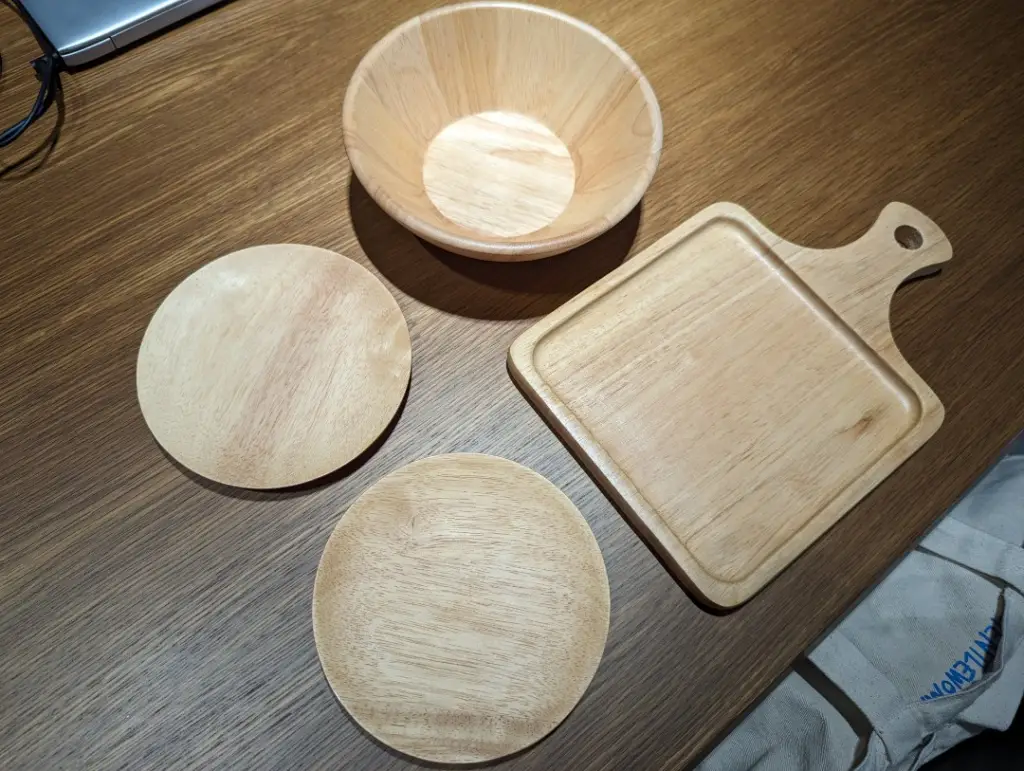
To ensure thorough drying, consider using a dish rack or another elevated surface to allow air to circulate around the bamboo items. Avoid storing wet bamboo in closed cabinets or drawers, as this can trap moisture and lead to mold or mildew growth.
By incorporating these simple daily care tips into your kitchen routine, you can help prolong the lifespan of your bamboo kitchenware and keep it looking as good as new for years to come.
Long-term Maintenance of Bamboo Surfaces
Bamboo surfaces, such as countertops and cutting boards, add a natural and earthy element to any kitchen. To keep these surfaces looking their best and lasting for years to come, it’s essential to take care of them properly with regular maintenance.
Oil Treatments for Bamboo Surfaces
One of the key aspects of long-term maintenance for bamboo surfaces is the application of oil treatments. Bamboo is a natural material that can dry out over time, leading to cracking and dullness. By regularly applying oil to the surface, you can help to retain its natural beauty and prevent damage.
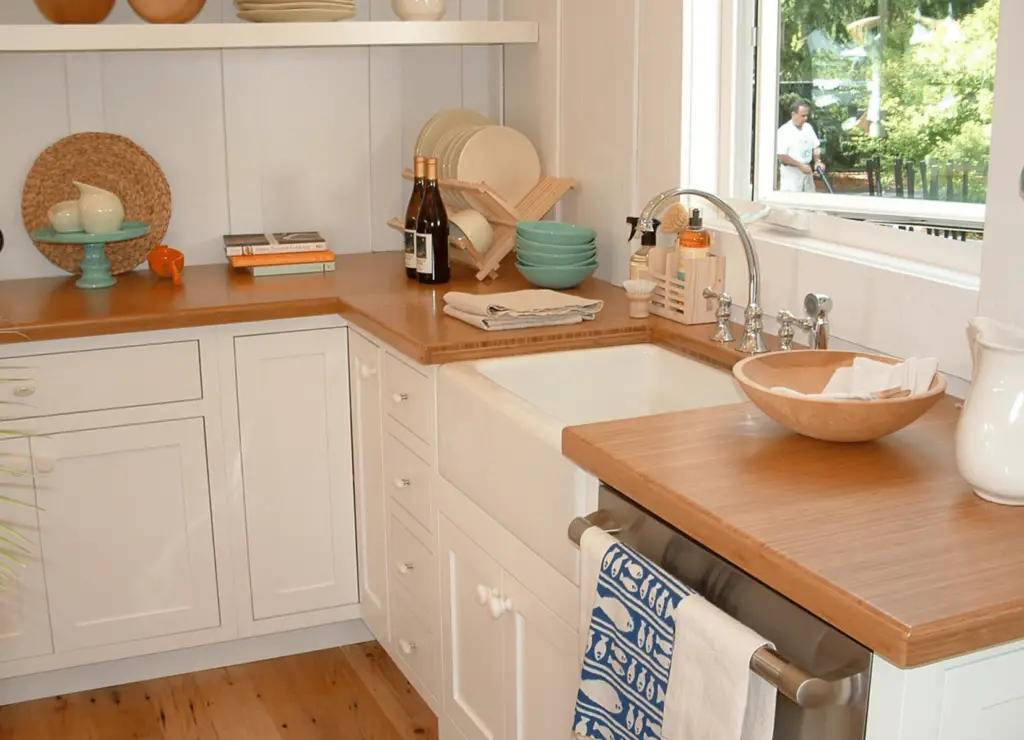
When it comes to choosing an oil for bamboo surfaces, it’s important to select one that is food-safe and specifically designed for wood and bamboo. Mineral oil and coconut oil are popular choices for treating bamboo, as they are non-toxic and won’t leave a residue on the surface.
Frequency of Oil Treatments
The frequency of oil treatments for bamboo surfaces will depend on how often the surface is used and washed. As a general rule of thumb, it’s recommended to oil your bamboo countertops or cutting boards approximately once a month to maintain their luster and prevent drying out.

However, if you notice that the surface is starting to look dull or feel rough to the touch, it may be a sign that it’s time to reapply the oil. Keep in mind that over-oiling can lead to a greasy film on the surface, so it’s essential to use a light touch and wipe away any excess oil after application.
By incorporating regular oil treatments into your long-term maintenance routine for bamboo surfaces, you can help to preserve the natural beauty and durability of these kitchen essentials.
Remember, caring for bamboo surfaces is not only about aesthetics but also about ensuring their longevity and functionality in your kitchen. So, take the time to show your bamboo surfaces some love with proper maintenance and oil treatments to enjoy their beauty for years to come.
Common Mistakes in Caring for Bamboo Products
When it comes to caring for bamboo products, it’s important to steer clear of common mistakes that could end up damaging these beautiful and sustainable items. By avoiding these pitfalls, you can ensure that your bamboo kitchenware and surfaces remain in top-notch condition for years to come.
Steer Clear of Harsh Chemicals
One of the biggest mistakes people make when caring for bamboo products is using harsh chemicals or abrasive cleaners. While it may seem like a quick fix to get rid of tough stains, these chemicals can actually strip the natural oils from the bamboo, leaving it dry and vulnerable to cracking. Instead, opt for gentle, eco-friendly cleaners that won’t harm the bamboo’s integrity.
Avoid Allowing Bamboo to Soak in Water
Another common misstep is leaving bamboo kitchenware to soak in water for extended periods. Bamboo is a porous material, meaning that it can easily absorb water if left in a sink full of dishes or a puddle on the countertop. This can lead to warping, discoloration, and even mold growth. To prevent damage, always dry bamboo immediately after washing and never let it sit in water.
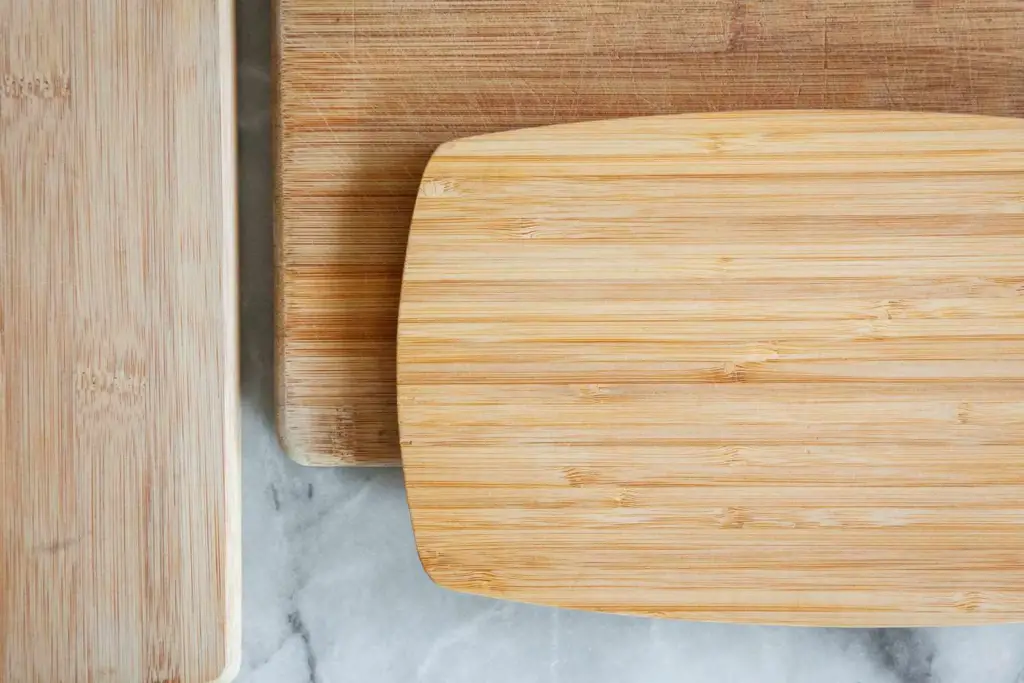
By steering clear of these common mistakes, you can ensure that your bamboo kitchenware and surfaces stay looking their best for years to come. Remember, proper care and maintenance are key to preserving the beauty and durability of bamboo products. Stay mindful of how you clean and handle your bamboo items, and you’ll be rewarded with a sustainable and long-lasting alternative to other materials.
The Benefits of Properly Caring for Bamboo
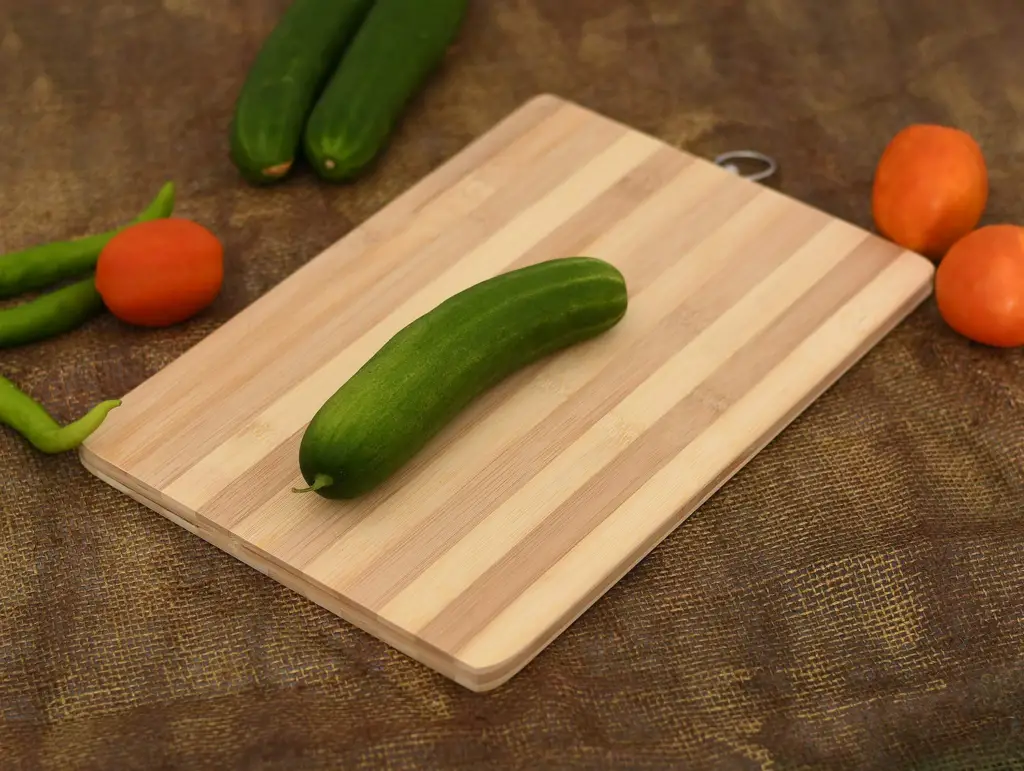
Taking the time to properly care for your bamboo kitchenware and surfaces can have a range of benefits that go beyond just extending their lifespan. By implementing the right maintenance routine, you can ensure that your bamboo products remain in top condition for years to come.
Extended Lifespan
One of the key benefits of properly caring for bamboo is the ability to extend the lifespan of your kitchenware and surfaces. Bamboo is a durable material, but it still requires regular maintenance to ensure that it remains in good condition. By cleaning and treating your bamboo products regularly, you can prevent damage and wear and tear that can shorten their lifespan. This means that you can enjoy your bamboo items for longer and get more value out of your investment.
Environmental Advantage
In addition to the personal benefits of caring for bamboo, there are also environmental advantages to consider. Bamboo is a highly sustainable material that grows quickly and regenerates efficiently. By properly maintaining and preserving your bamboo products, you are reducing the need to replace them with new items made from less environmentally friendly materials. This can help to lower your carbon footprint and contribute to a more sustainable lifestyle.
Cost Savings
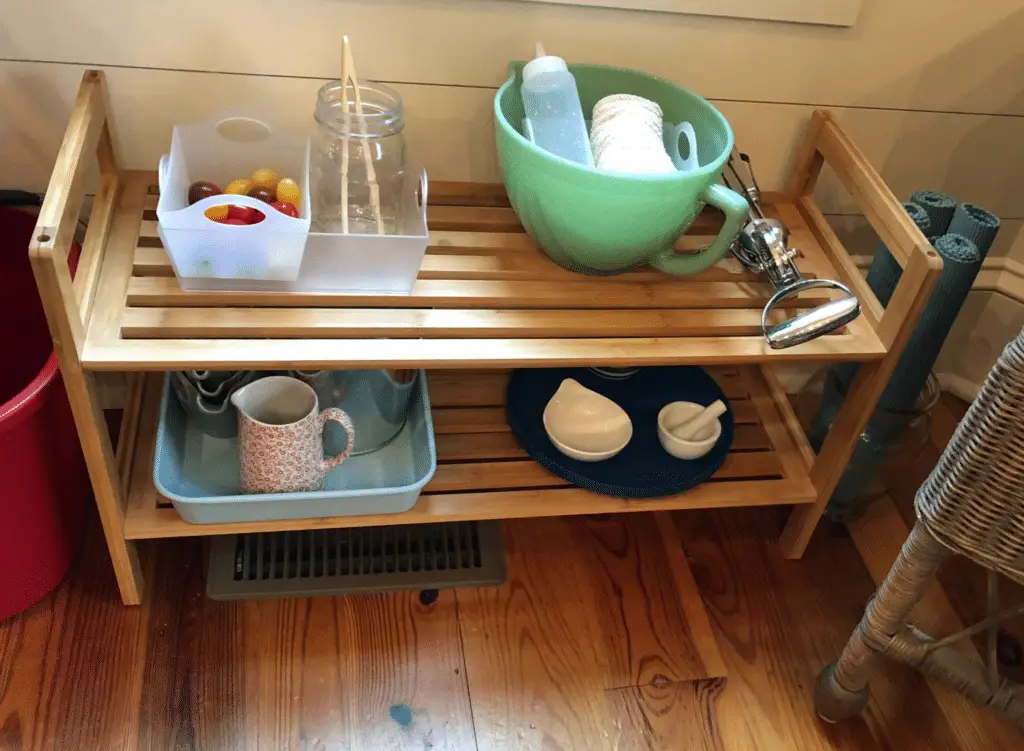
Properly caring for your bamboo kitchenware and surfaces can also save you money in the long run. By preventing damage and maintaining their condition, you can avoid the need to replace these items as frequently. This can add up to significant cost savings over time, as well as reducing the amount of waste generated by constantly replacing worn-out products.
Improved Aesthetics
Regular maintenance of your bamboo products can also help to enhance their appearance and keep them looking beautiful. Oils and treatments can bring out the natural grain and color of the bamboo, giving your kitchenware and surfaces a fresh and polished look. By taking care of your bamboo items, you can ensure that they continue to add a touch of natural beauty to your home.
Wrap Up: Keep Your Bamboo Gleaming and Beaming!
Remember, the key to keeping your bamboo kitchenware and surfaces in top-notch condition is proper care and maintenance. By understanding the unique properties of bamboo, daily cleaning routines, and long-term treatments, you can ensure the longevity and beauty of your beloved bamboo products. Avoid common mistakes, embrace regular oil treatments, and enjoy the benefits of a sustainable and durable material. So, keep that bamboo gleaming and beaming, and let’s show Mother Nature some love!




